From landing in Sofia, to Plovdiv, and then back to Sofia, we have witnessed and experienced many different and wonderful sites in Bulgaria. On our way from Plovdiv to Sofia we took a one night rest in the town of Starosel, but not before spending some time at our next site, The Thracian Cult Complex of Starosel!
This ancient cult complex is the 2000 largest of its time, which dates back to about five to four centuries before Christ. Along the southwest portion of the complex there is a break on the wall where the Thracians created a winery. The winery has a capacity of 6kL. That’s a lot of wine but if you think back, the Thracians were well known for their heavy drinking habits.
The temple itself consists of two chambers: the outside of the temple is made up of mostly granite, while the inside chamber is made of volcanic tuff. It’s important to note that material for the temple was not local. The quarry for the stones is about 30km from the temple. Moving such heavy stones must have not been an easy task back then. By itself, the stone door to the inside chamber of the temple weighs 750kg. It was carved to have a steep framing and a locking mechanism. The stones were all mostly joined with the use of iron and lead. Archeologists found the Cult Complex as is except for the copula inside which was restored.
Leading into the inside chamber are three steps. Each step is meant to symbolize the unity between the earth, the sky, and the underworld. Just like in Mt. Perperikon, the steps were believed to be profusely high so those going inside would bow on their way up. The door framing consists of oval shapes all around to symbolize the beginning of life.
Inside the copula of the temple forms a perfect circle, 5.4m in diameter. Some of the stones were painted blue, red, and black used again to symbolize the sky, the earth, and the underworld, respectively. In total there are ten pilaster columns around the circumference of the copula, though the Thracians put them in only for aesthetic reasons. The recent renovations were done on 14 of the 17 total rows leading up to the center stone, otherwise known as the keystone. The retaining walls outside the whole complex were covered.
Historians believe that the copula was opened during the solstice, and astronomers have confirmed that placing yourself in the with the top open would shower you with the sun during the summer solstice. During the winter solstice the sun rays would shine starting from the entrance and end in the middle of the temple. Unlike other Thracian sites, the Cult Complex was specifically a temple for rituals most likely for the sun goddess, which represented fertility. Since Thracians believed that life started after death, rituals would be held at the temple when their leaders died. At that time though the Thracians would burn their dead unlike in Mt. Perperikon where we saw tombs.
We walked around the perimeter of the complex where we found the winery. Looking out into the valley you notice several hills all around. History says that when the Thracians would flee they would cover their temples with earth to make them seem like natural hills. Archeologists believe that all the surrounding hills around the complex have the high possibility of being more ritual temples.
(P.S. – Pictures to come!)
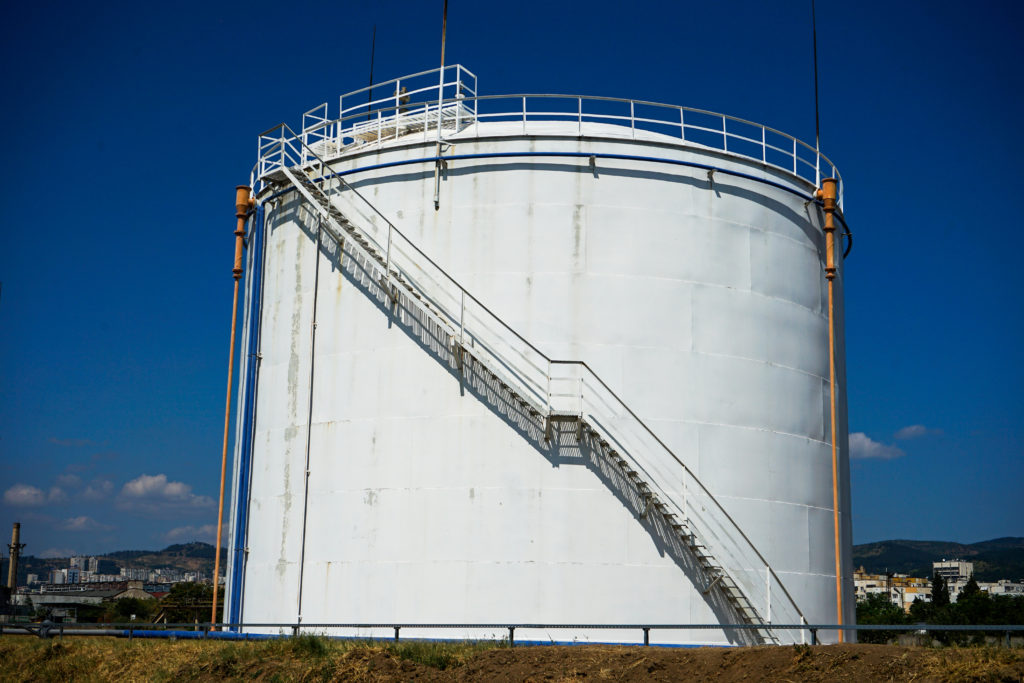
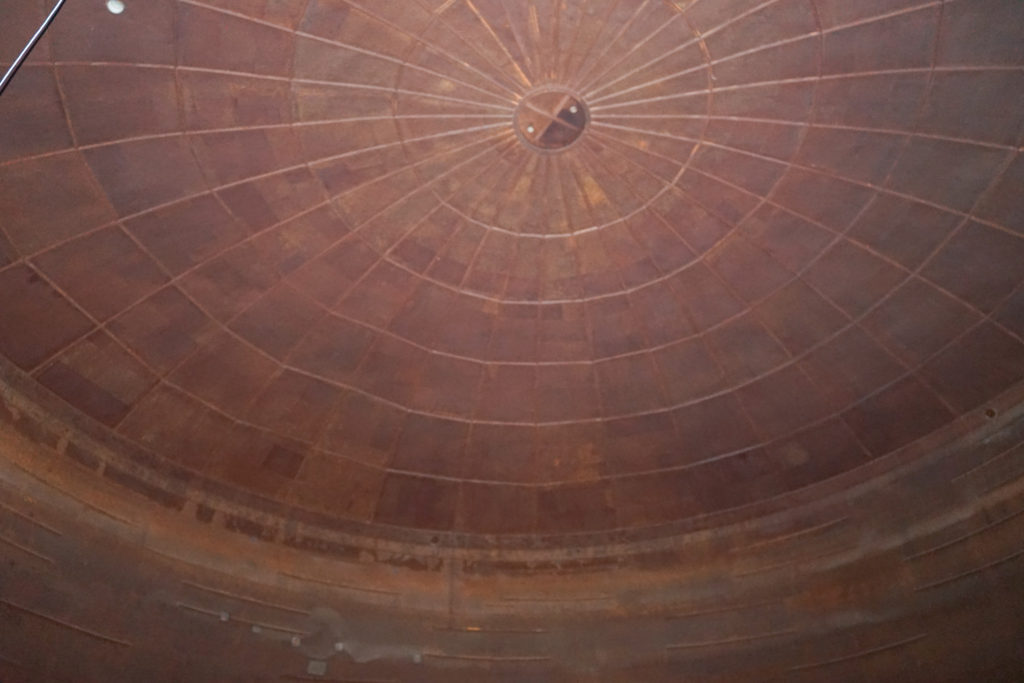

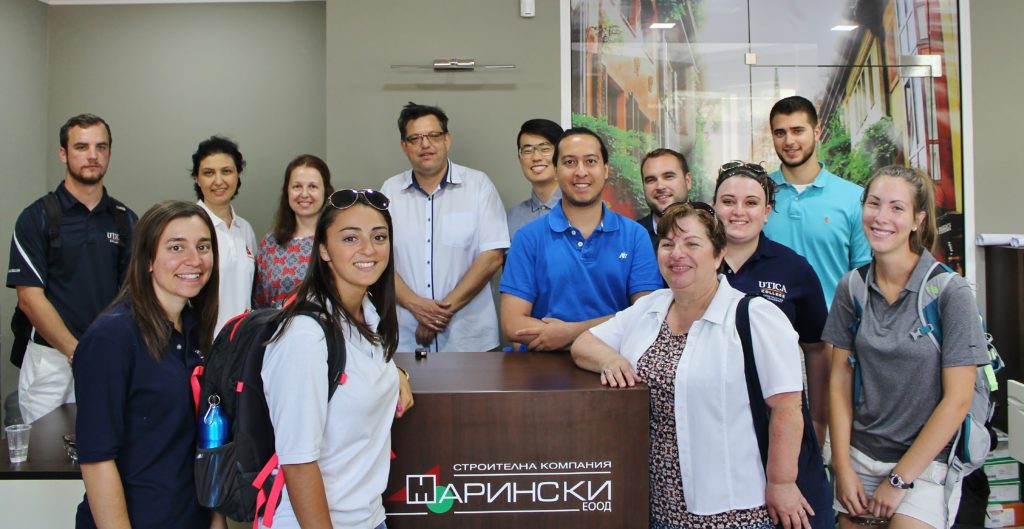
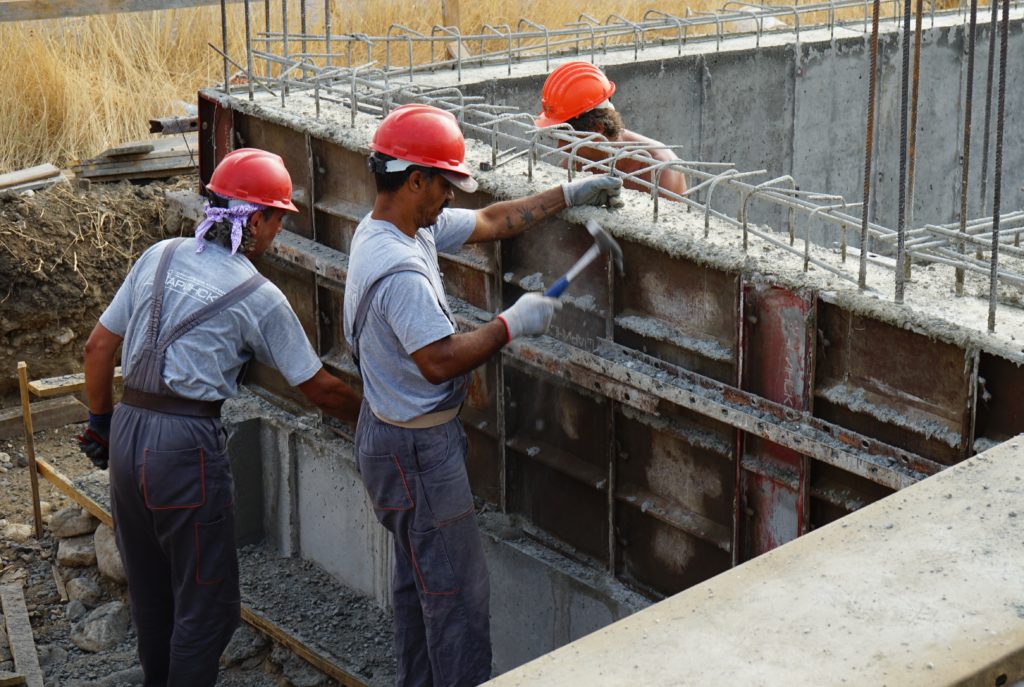
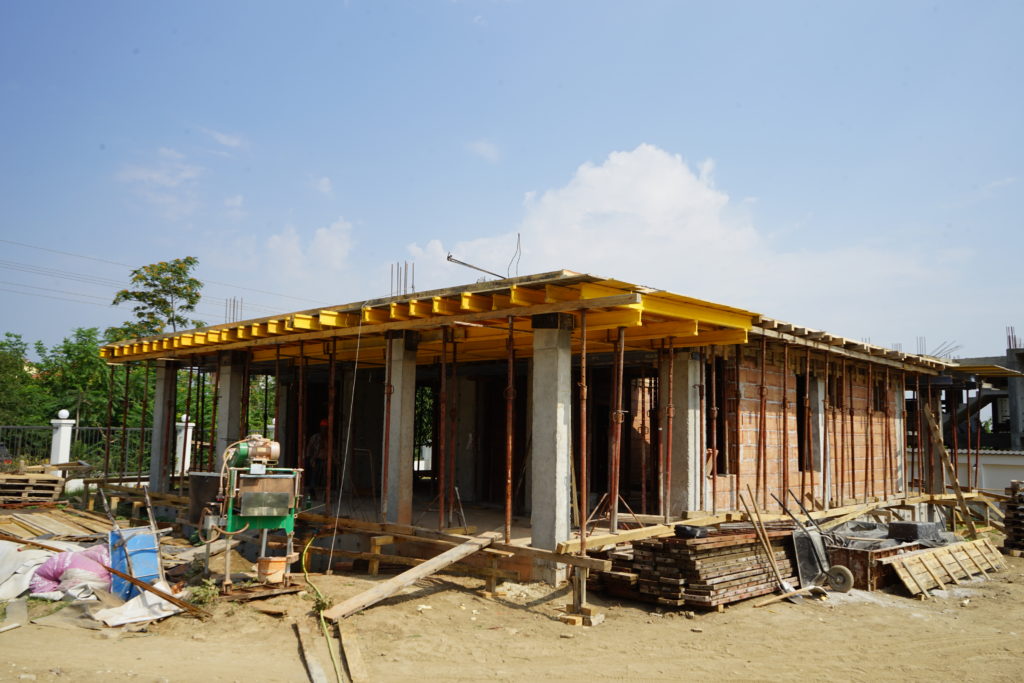
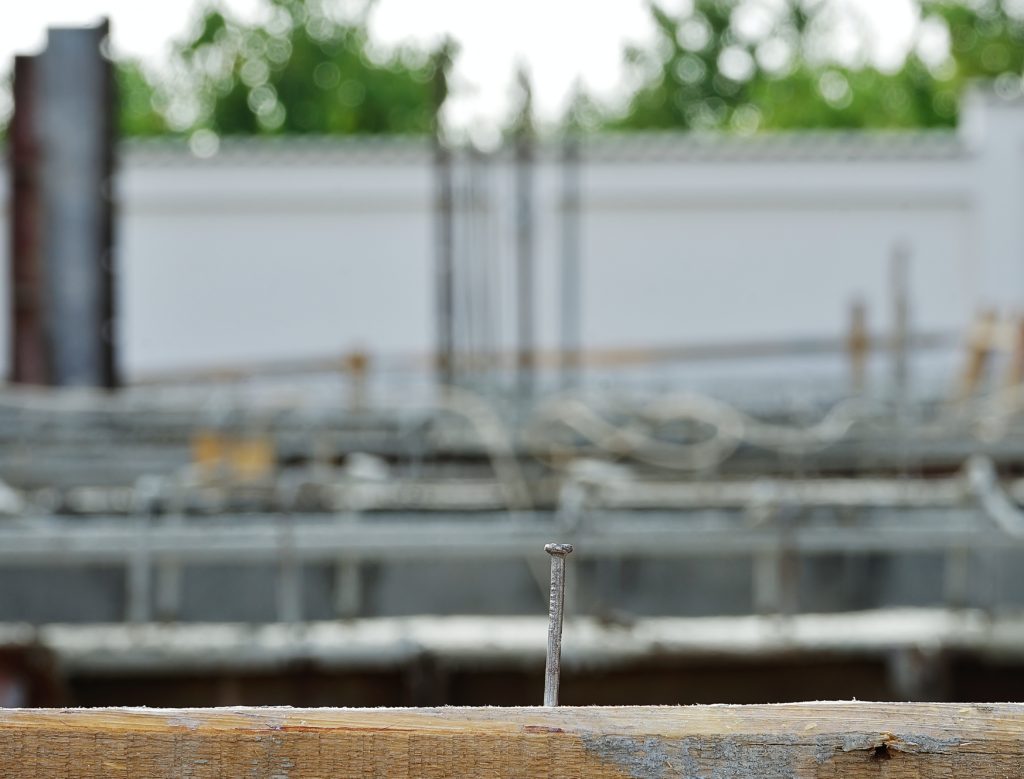
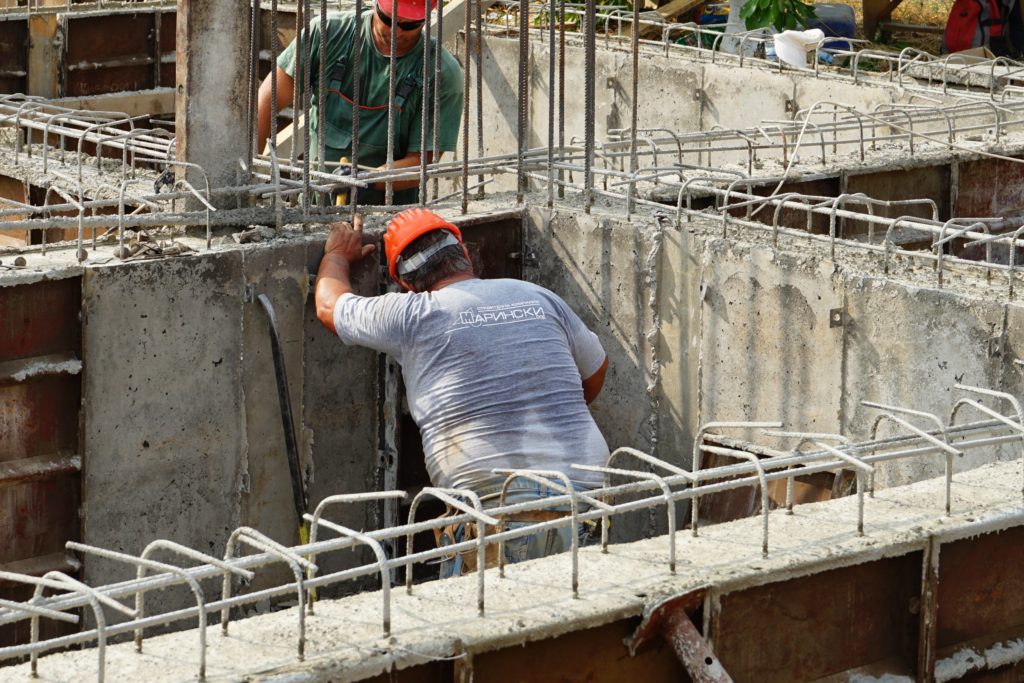
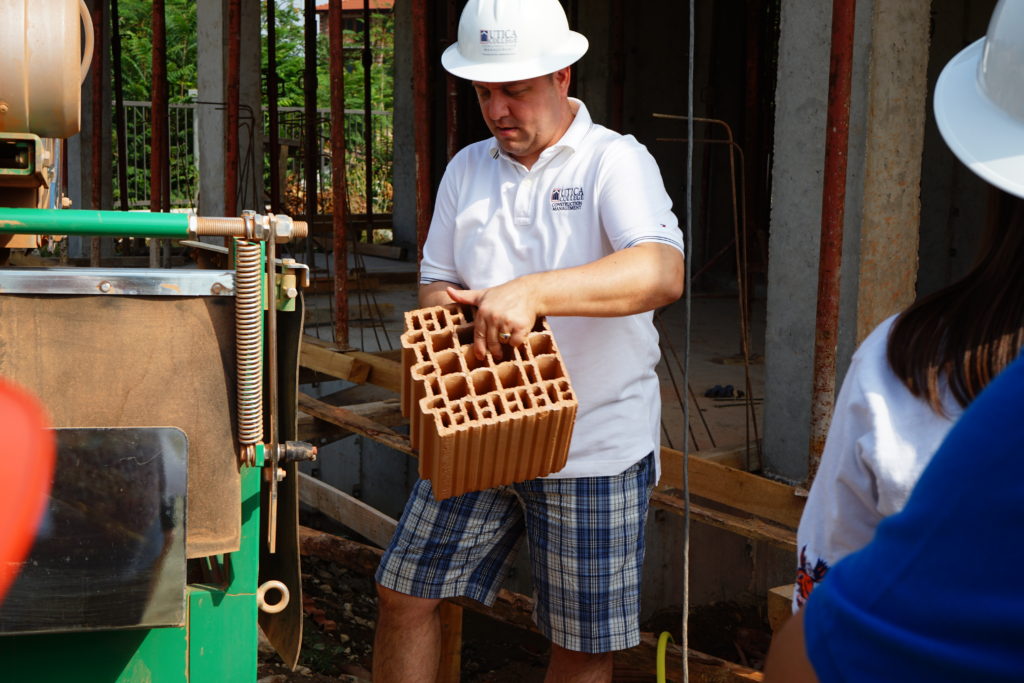
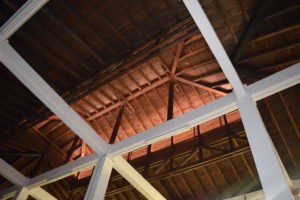
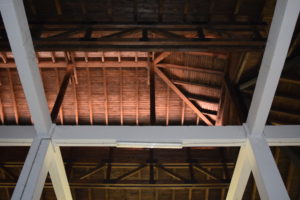
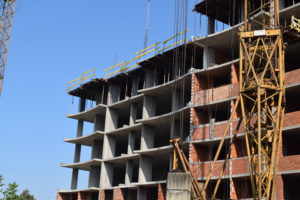
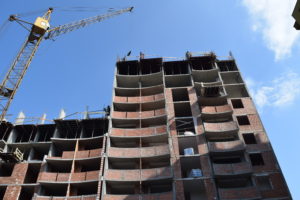
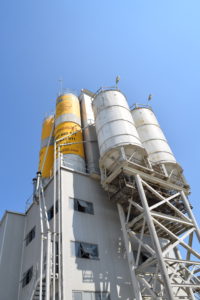
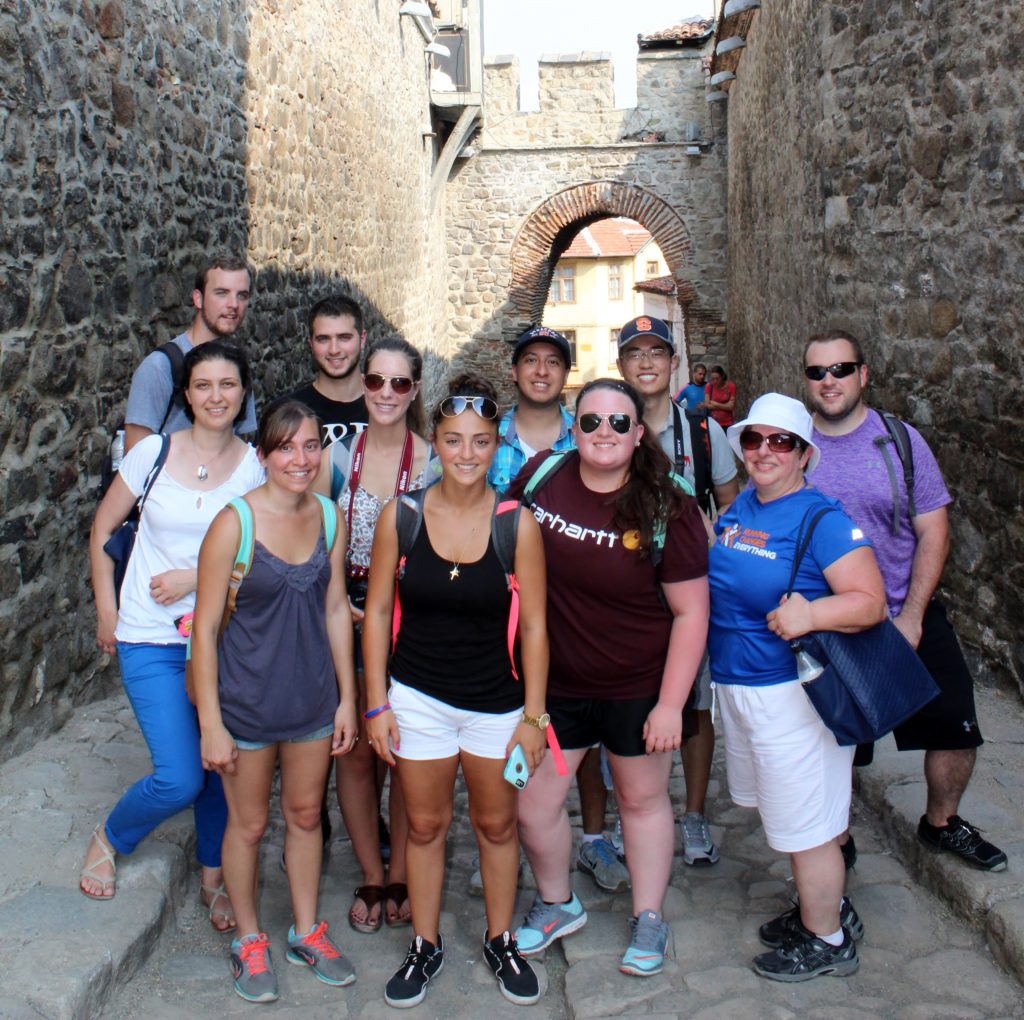
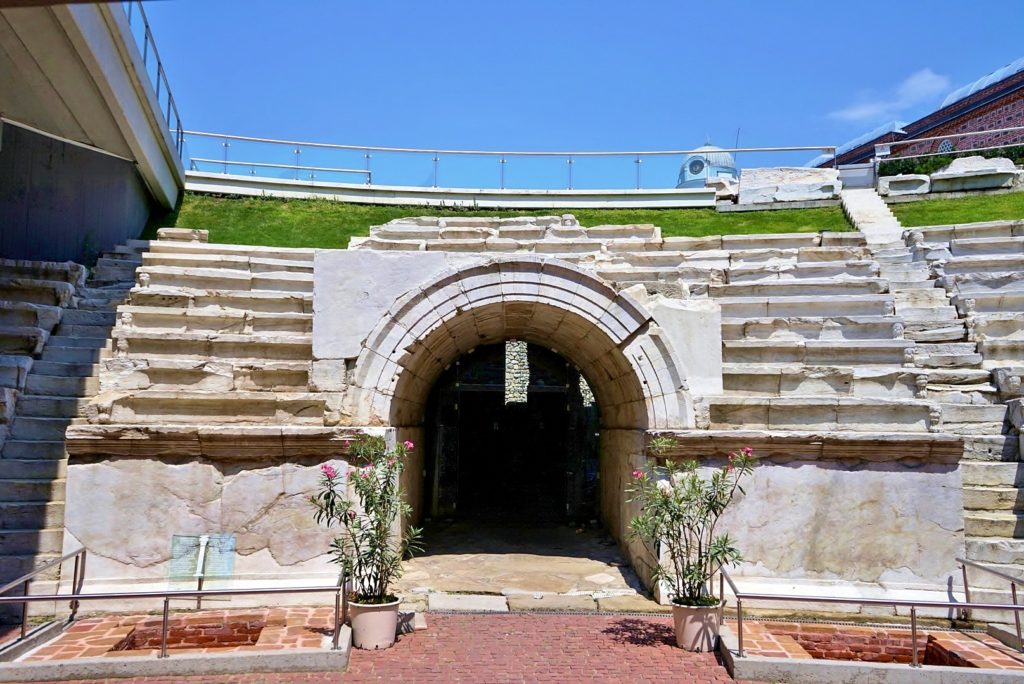
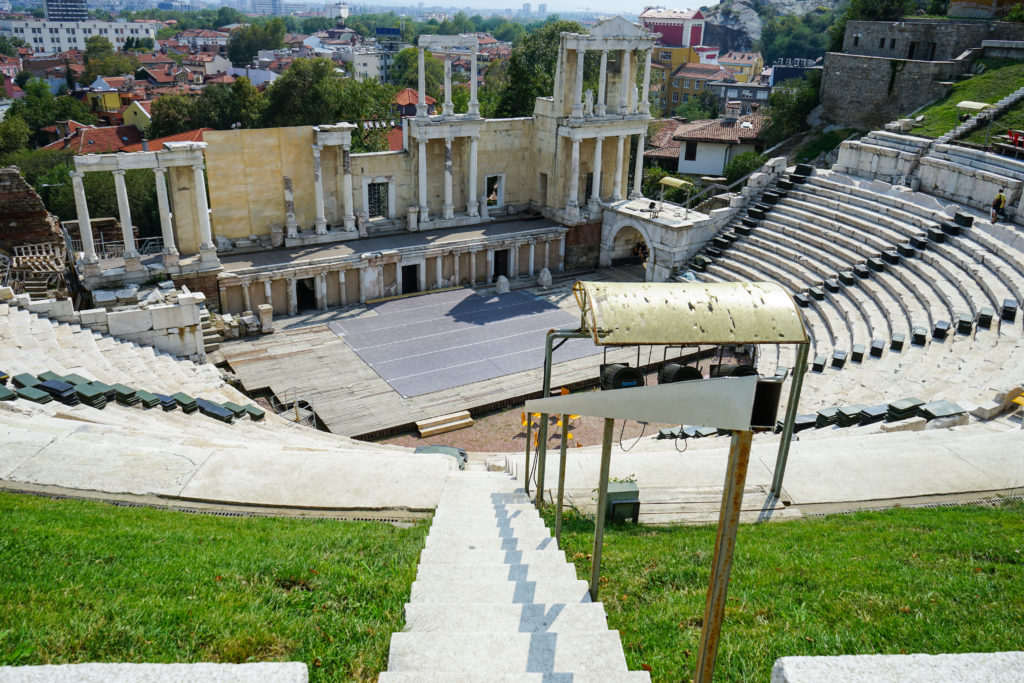
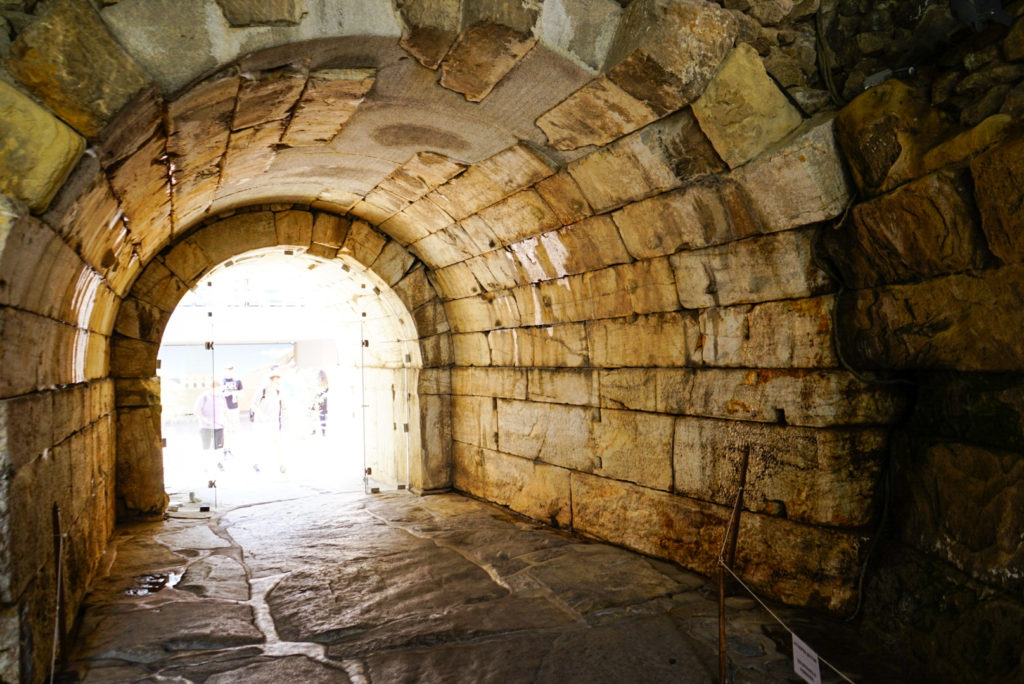
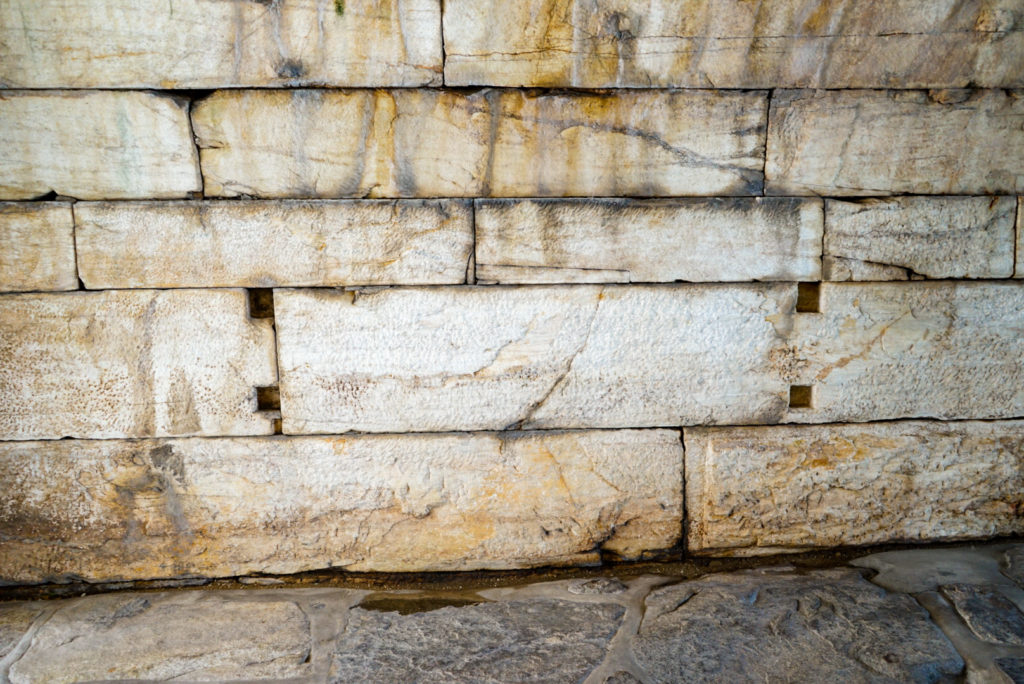
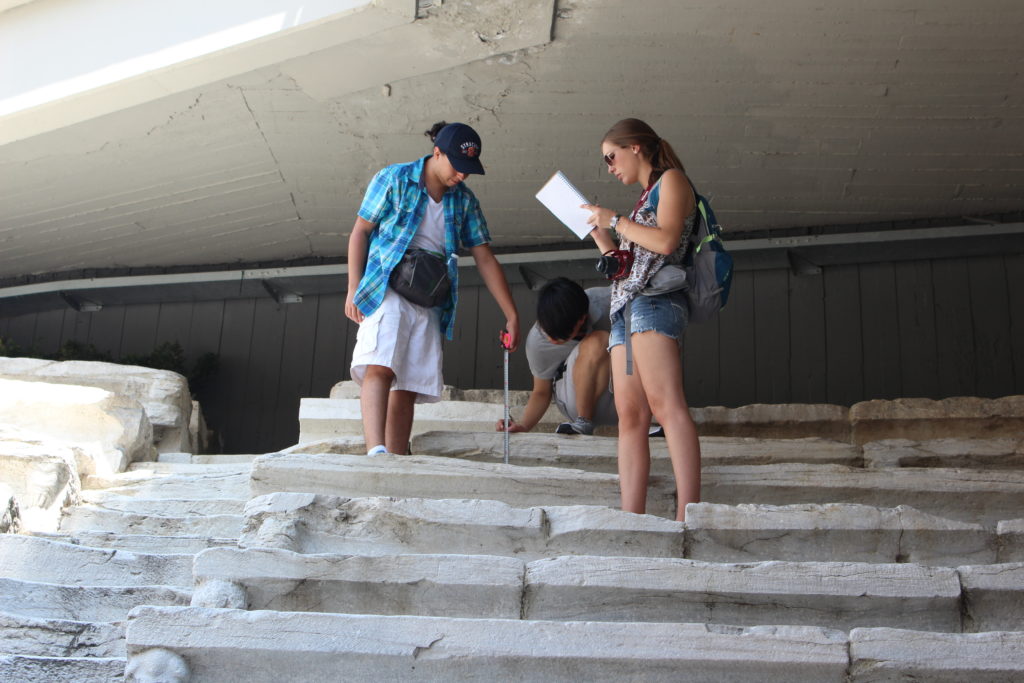
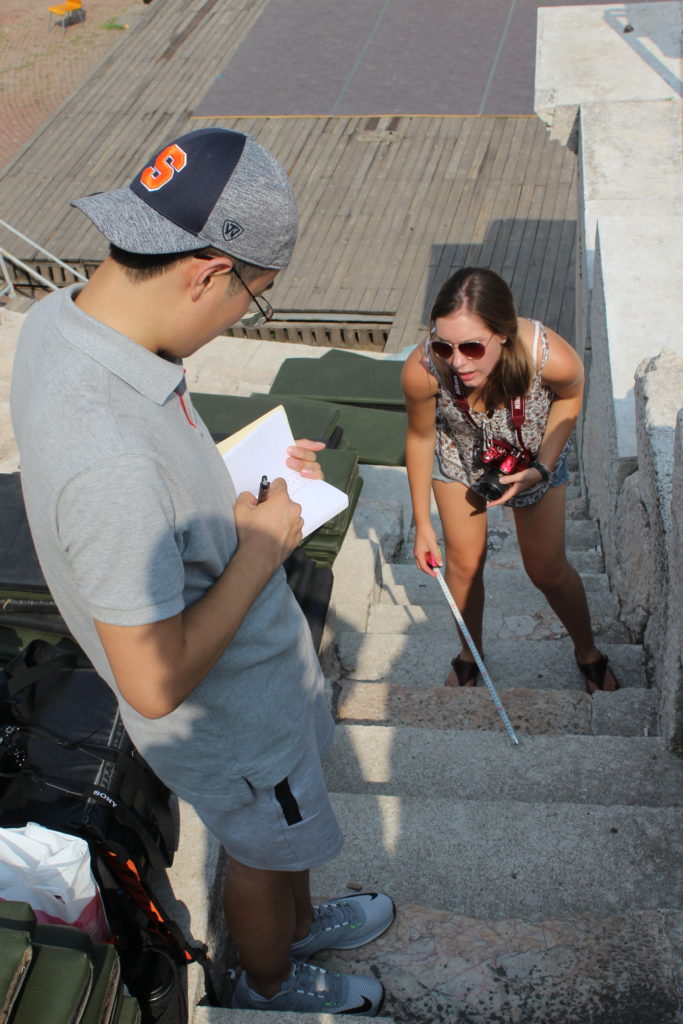
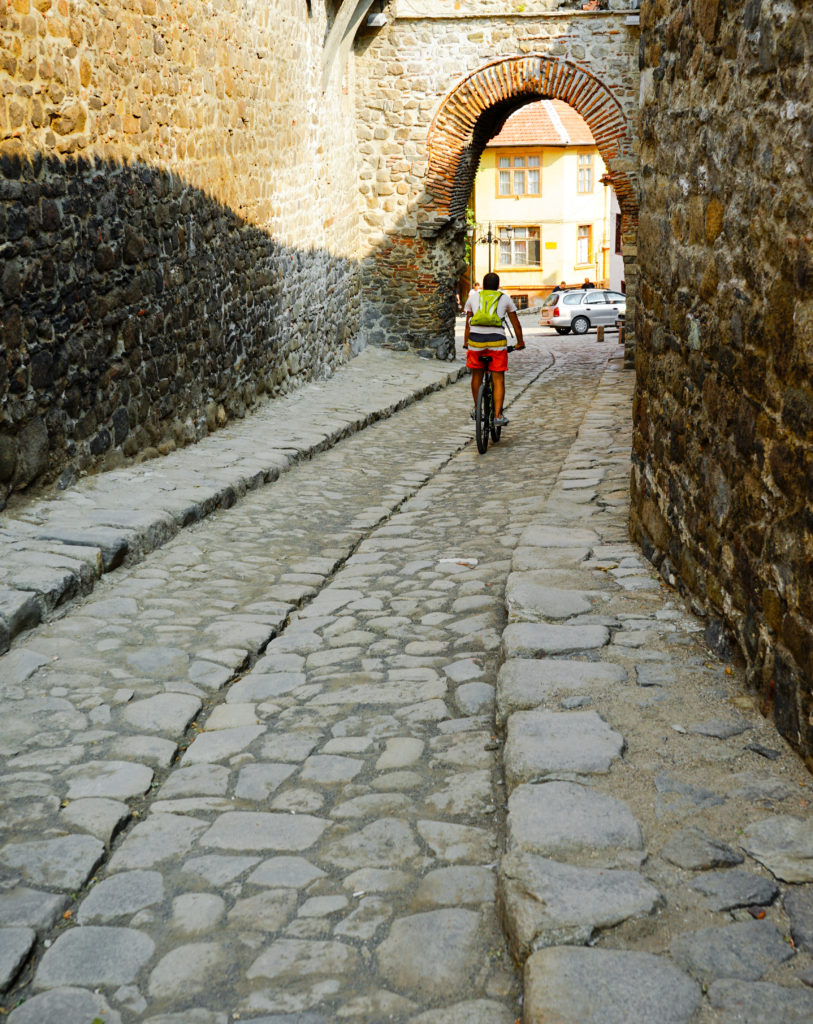

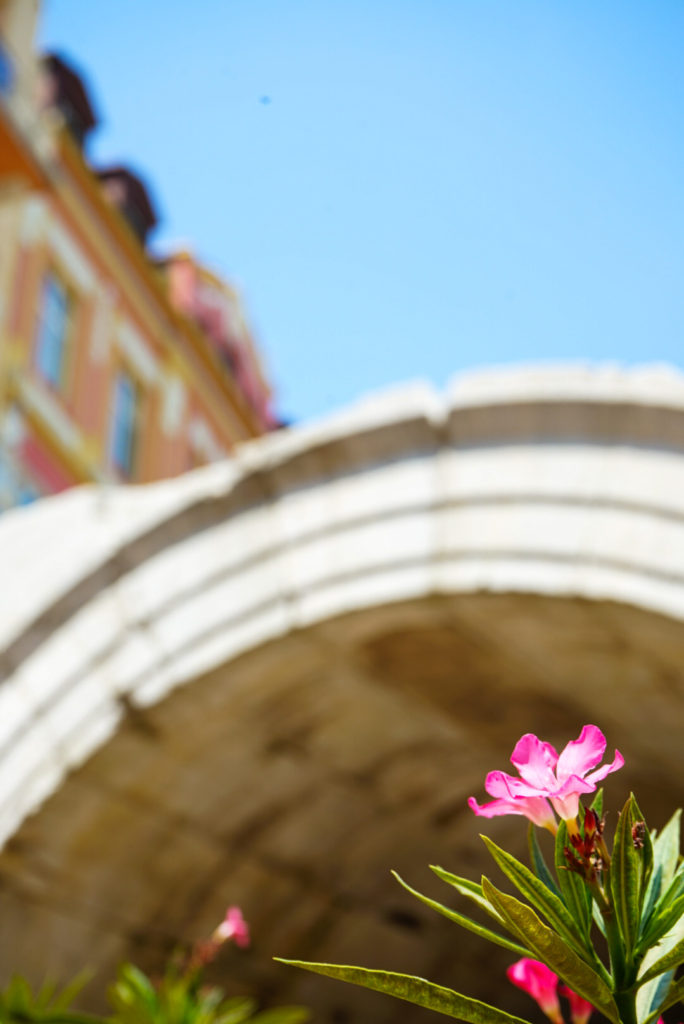
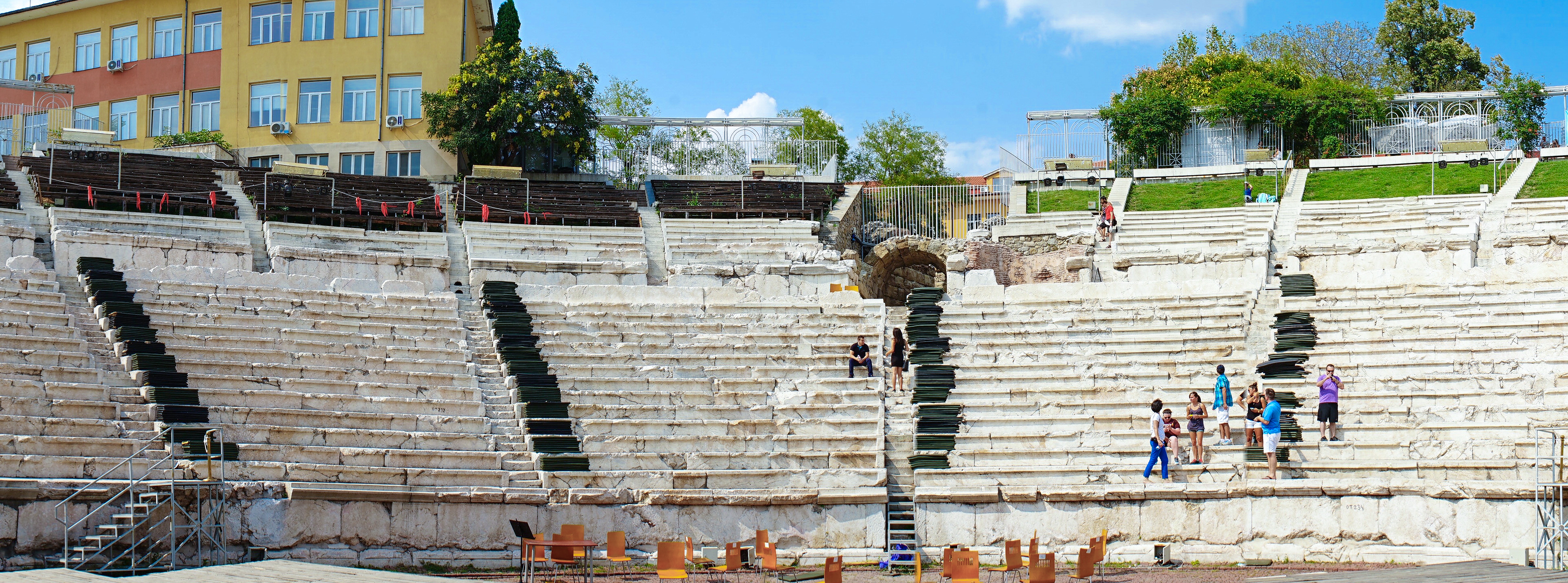
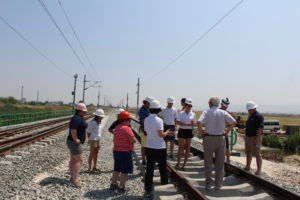
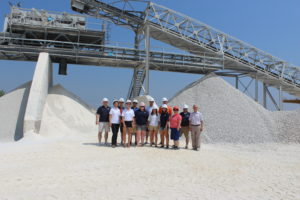
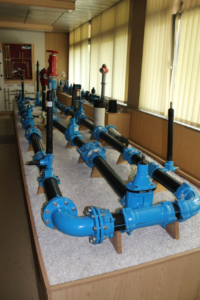 Hello All! My name is Rachael Dobosiewicz and I am urrently a senior civil engineering student at Syracuse University, who is interested in specializing in structural or architectural engineering. Myself and eight other students are here in Bulgaria for two weeks to tour various historical sites as well current project sites. We had the great opportunity to visit one of the very limited universities in Bulgaria and speak with faculty and students about the structure of the school. Things are done a little differently here as opposed to America. For example, their equivalent of a Bachelor’s degree is five years whereas ours are typically four or less. Also, here students are expected to specialize right away; there are no broad categories such as civil engineering that encompass a multitude of different disciplines. Instead their programs are very specific: gas supply, plumbing for buildings, etc. That could be beneficial if you are absolutely sure that is what you want to do, but if you are a first year just trying to figure out your niche, that could not work in your favor. If you switch to a similar major some of your credits will transfer however, if you transfer from another school, then you will have to start from year one. They offer master’s degree programs as well as PhD’s just as the US does but the fields of interests are more specialized than ours. Another difference in education here is that specialized school begins at the high school level; there are high schools that focus on sciences that many students were enrolled in prior to starting at this university. In our visit to the university, we were only privileged to see the hydraulics lab but it was very modern and contained relatively new amenities. They had a pipe line constructed with every single possible connection to help understand the uses of each. Overall, it was very nice to discover parallels and differences between our education system and theirs, but also to see where my own professor was taught!
Hello All! My name is Rachael Dobosiewicz and I am urrently a senior civil engineering student at Syracuse University, who is interested in specializing in structural or architectural engineering. Myself and eight other students are here in Bulgaria for two weeks to tour various historical sites as well current project sites. We had the great opportunity to visit one of the very limited universities in Bulgaria and speak with faculty and students about the structure of the school. Things are done a little differently here as opposed to America. For example, their equivalent of a Bachelor’s degree is five years whereas ours are typically four or less. Also, here students are expected to specialize right away; there are no broad categories such as civil engineering that encompass a multitude of different disciplines. Instead their programs are very specific: gas supply, plumbing for buildings, etc. That could be beneficial if you are absolutely sure that is what you want to do, but if you are a first year just trying to figure out your niche, that could not work in your favor. If you switch to a similar major some of your credits will transfer however, if you transfer from another school, then you will have to start from year one. They offer master’s degree programs as well as PhD’s just as the US does but the fields of interests are more specialized than ours. Another difference in education here is that specialized school begins at the high school level; there are high schools that focus on sciences that many students were enrolled in prior to starting at this university. In our visit to the university, we were only privileged to see the hydraulics lab but it was very modern and contained relatively new amenities. They had a pipe line constructed with every single possible connection to help understand the uses of each. Overall, it was very nice to discover parallels and differences between our education system and theirs, but also to see where my own professor was taught!